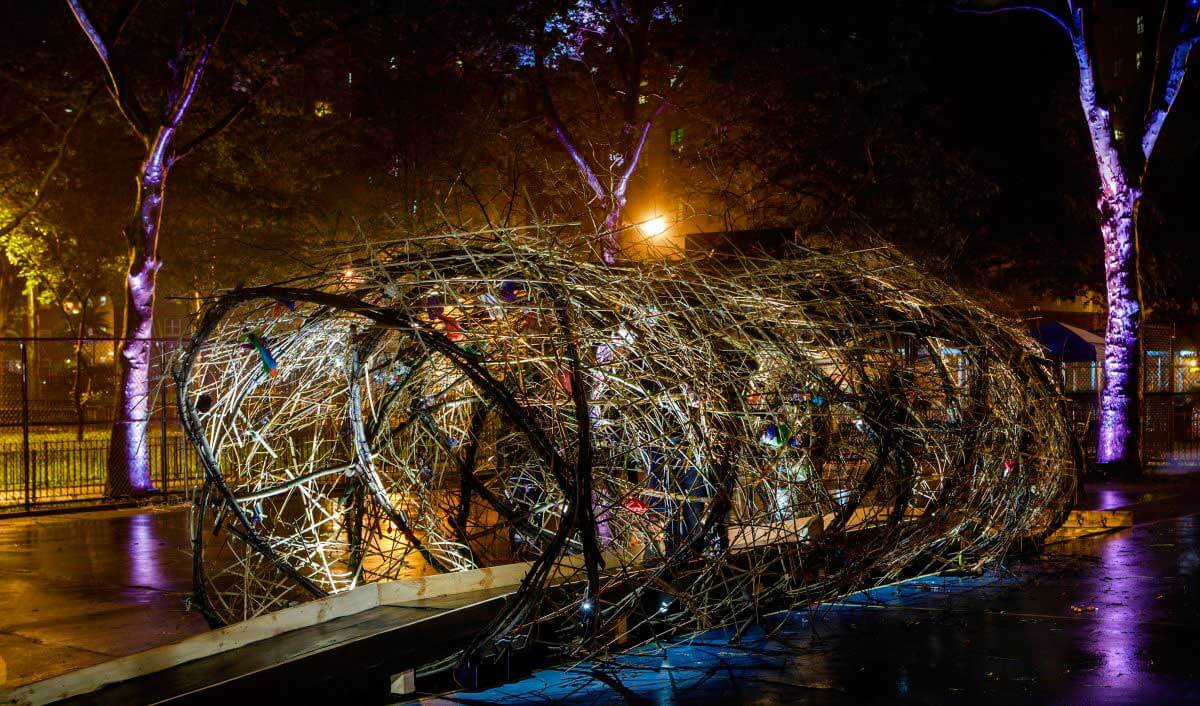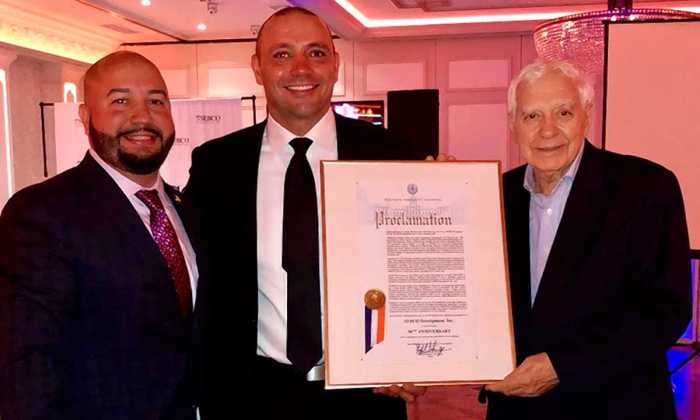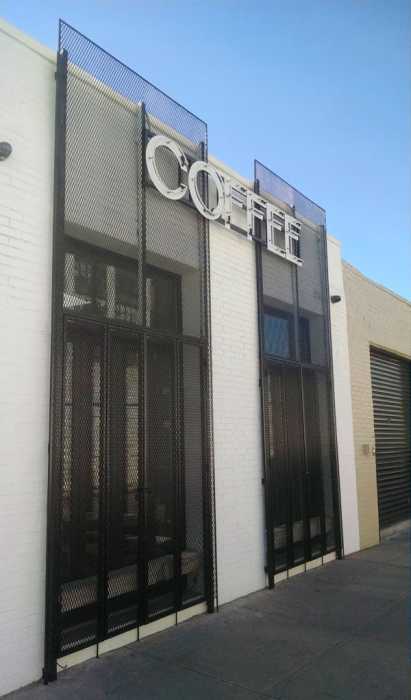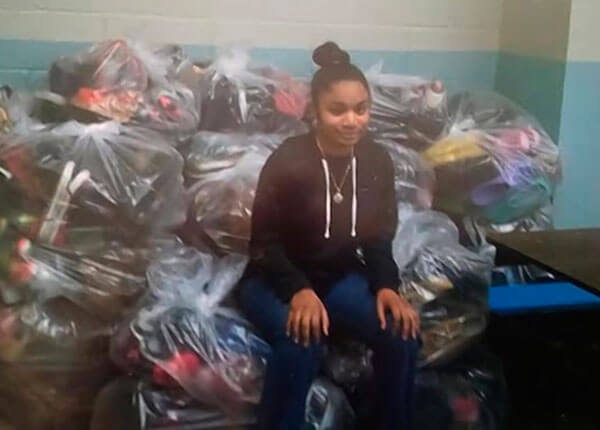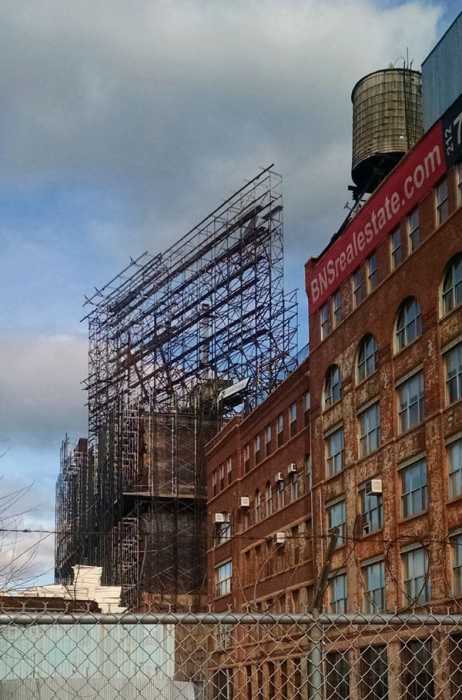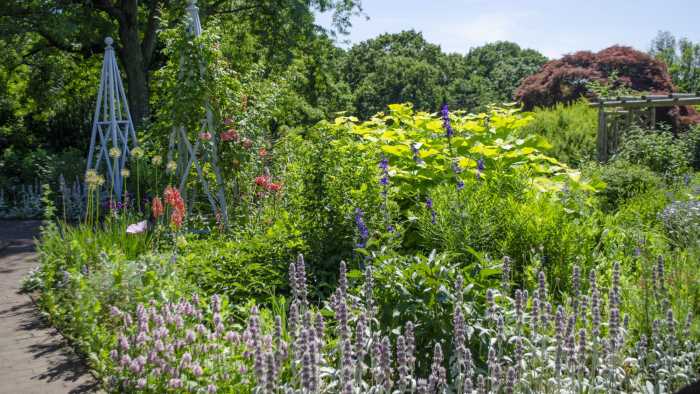A south Bronx community and a Manhattan artist have taken a creative, unique approach to raise awareness of gun violence and its detrimental impact.
Titled ‘Tracing the Bullet: a story of community and gun violence,’ artist Kate Browne and her Bronx-based team took three weeks to assemble a temporary, ten-foot tall, walk-able wooden cocoon at the Andrew Jackson Houses basketball court in Morrisania.
Residents led a lighted procession through their NYCHA complex, coming together at the court, known locally as ‘the cage,’ for the illumination ceremony of the cocoon in the late hours of Saturday, May 19.
While its exterior is quite aesthetically pleasing, the true protest to gun violence is within its wooden rings.
Internally draped with local materials and objects from those that were personally affected by gun violence in the area, these first hand accounts play as a soundtrack as one walks within the artistic exhibit.
“Not long after I began, I realized that gun violence was a central fact of life for so many,” said Browne. “A mother recalled her son’s blood spreading across the hallway in front of their apartment door after he’d been shot,” she added.
This ‘trace of the bullet’ extends further than just the victims and their families, however.
In a span of three years, Browne interviewed residents of multiple housing developments in the area, EMTs, nurses, trauma surgeons, a funeral home director, violence interrupters, housing cops, grief counselors and bio teams that clean up after shootings.
Browne also recalled one account of a cleaning crew neglecting their duties, resulting in family and friends having to wash away the victim’s blood.
“By now I’ve interviewed more than 200 people, I realized that the story of even a single gunshot is so fragmented, it easily defies comprehension,” said Browne. “Working with the people in this part of the south Bronx, I wanted to try to piece some of these stories back together, to weave a partial account of their lives that better suggests the whole,” she added.
Many of those she interviewed posed for portraits that are hanging in the Morrisania Air Rights community room, an adjacent housing complex that Browne used as her base of operations over the years.
Browne ultimately settled on the location of the Jackson Houses basketball court to host the exhibit because she was drawn to the coloration and patterns it vibrantly boasted.
Having grown up in rural Pennsylvania, communities like the Bronx were something very foreign to Browne. She had previously done a project with a south Bronx middle school, having children create objects that symbolized something from their lives.
“Doing that taught me a great deal about the community’s issues,” said Browne. “I was eager to return and do an even larger project in the area,” she added.
While Browne has done cocoon projects around the world in previous years, she said that this Bronx community was like none she had ever seen before.
“The support and welcome that I received was like nowhere else in the world. This is a remarkable community. It is so strong and that’s something that goes back many generations,” Browne said.
Next for Browne is another cocoon project planned for eastern Europe.

